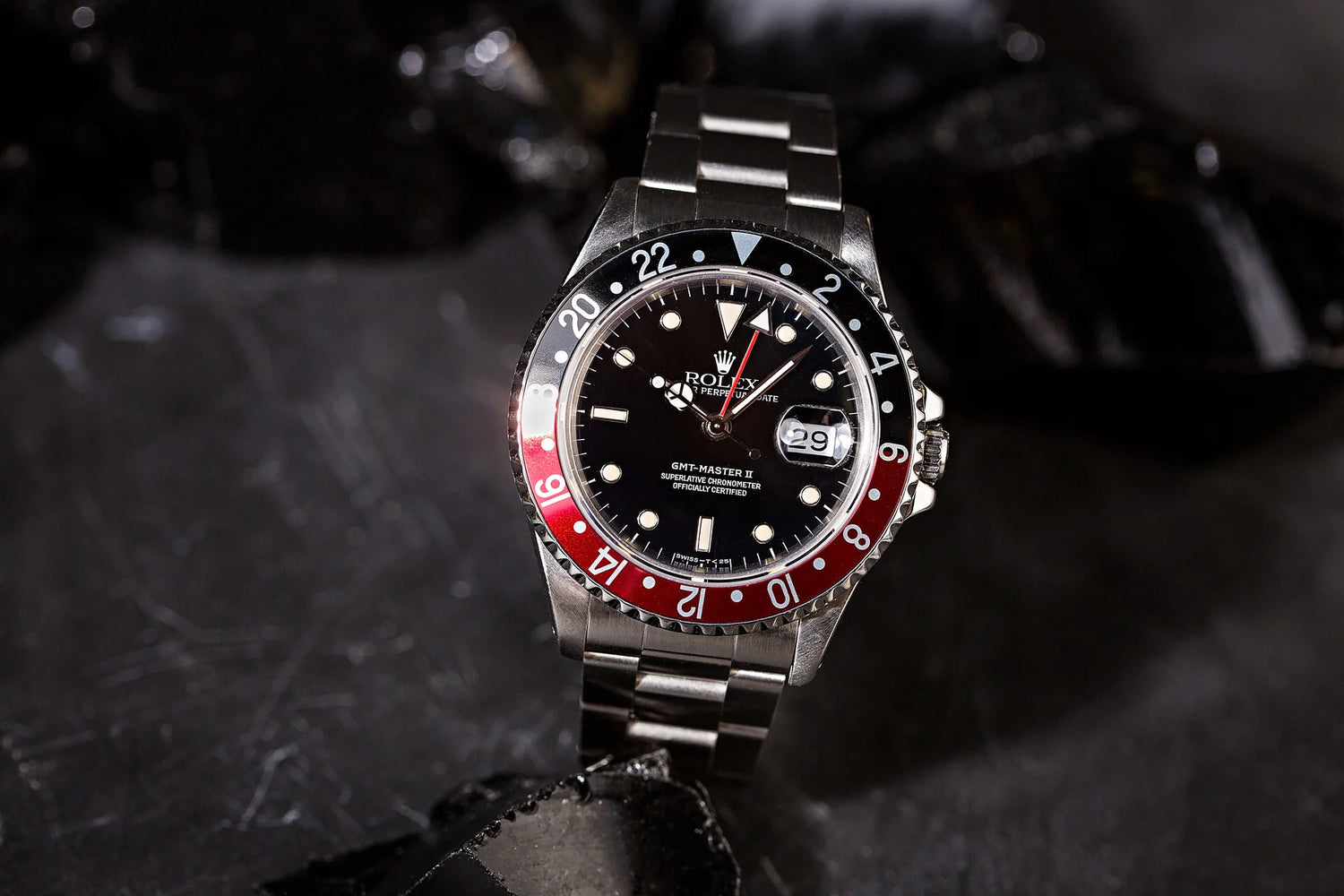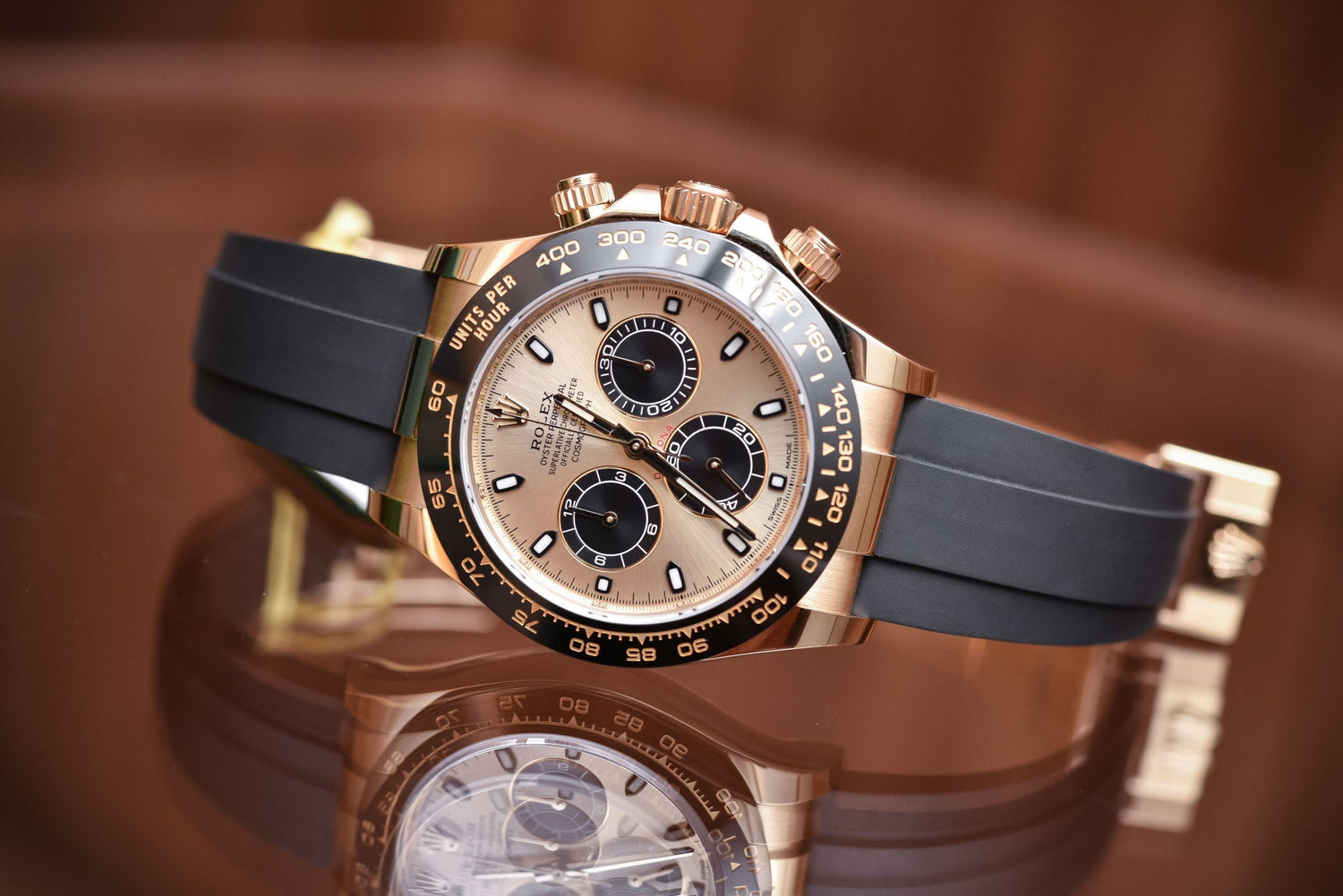Contemplating the acquisition of a watch winder is a perennial inquiry observed across numerous watch enthusiast forums. Within these discussions, fervent proponents and opponents of watch winders passionately advocate their respective viewpoint. Our discourse will elucidate the function of a watch winder, delineate its advantages and disadvantages, and delve into the classification of timepieces that may benefit most from this accessory.
The Watch Winder Story
A watch winder serves as both a storage solution and a means to maintain the winding of automatic watches, ensuring they remain perpetually functional. Consequently, owners can effortlessly retrieve a watch without the need to readjust its time. While certain winders accommodate a single timepiece, others are capable of housing multiple watches, with certain models crafted to seamlessly integrate within safes for added security.
The Mechanics of Watch Winder
Every timepiece is housed within a rotating circular chamber, where the motion of these chambers prompts the automatic winding rotor to mimic the natural movement it experiences when worn on the wrist, ensuring its continual winding. Generally, the sophistication of a watch winder correlates with its price, offering comprehensive programmable features. Users have the flexibility to customize parameters such as the daily rotation count, rotational direction, and intervals of rest between winding sessions.
Simplify Your Day: Winder Not Required!
Owning an automatic perpetual calendar or any complex watch with a winding rotor may warrant consideration of a watch winder—a device that can be not only practical but, in some cases, essential. Utilizing a winder for a Patek Philippe Grand Complication, for instance, is perfectly acceptable, especially if setting the watch takes more than a minute or two. However, it's important to note that watch winders are only beneficial for automatic timepieces; manual-wind watches receive no benefit from rotation.
In summary, watch winders are most suitable for watches with complications such as perpetual calendars, annual calendars, grand complications, triple calendars, world timers, moon phases, and non-quickset vintage date models.
Luxury watches are often seen as enjoyable indulgences, much like watch winders for some enthusiasts. If you're okay with potentially servicing your watches more often, go ahead and indulge. Many wealthy individuals even integrate watch winders into their safes.
Unlock Rolex Potential: Winder Worth It?
Certainly, there's hardly a necessity for most Rolexes to be placed on a winder. One potential exception arises with vintage Rolexes (predating roughly 1980) featuring non-quickset dates. Granted, manually adjusting the hands repeatedly to align the date can be quite cumbersome, hence the inclination towards acquiring a winder in such cases.
However, it's worth noting that vintage timepieces often deviate by more than ten seconds per day. Consequently, even if left on the winder for a few weeks, one would likely still need to readjust the time, unless they possess an extraordinary tolerance for their watch being two minutes off.
Turn Up Your Style: How Many Turns Per Day?
When using a winder for your Rolex, ensure it is set to 650 turns per day, rotating in both directions. It's worth noting that certain automatic watches from different brands might require a specific number of turns due to unidirectional winding mechanisms. For instance, Patek Philippe's caliber 324 S C movement should exclusively be wound counterclockwise. Therefore, it's crucial to program your winder accordingly to suit the specific requirements of your timepiece.
The Winders Puzzle: Spotting the Issue
Walter2 on WatchProSite highlights a crucial point: "Overuse of watch winders can harm the movement," as echoed by my own experience with my Submariner. Upon servicing, the watchmaker attributed poor results to constant winding. This cautionary tale suggests that unless absolutely necessary, avoiding watch-winders may prolong the longevity of your timepiece. While they offer convenience, their frequent use can expedite the need for servicing.
Watch Winder: Pros and Cons
Pros:
- Maintains watch winding
- Especially beneficial for complex functions like perpetual calendars
Cons:
- High cost for quality ones
- Accelerates wear and tear, especially on movements
Time to Spin: The Truth About Watch Winder
Certainly, contrary to popular belief, the notion that winders benefit the movement is a persistent misconception. In modern times, thanks to the advancements in synthetic oils, the necessity of regular watch running, as it was in the early 1990s, has significantly diminished. Allowing a watch to deplete its power reserve and stop presents no harm whatsoever. Simply providing the watch with a few manual winds when it's time to wear it is perfectly adequate.
Elevate Every Twist: The Best Winder!
I often advocate for your wrist being the optimal watch winder. While many favor Wolf winders, there are even pricier alternatives. The paramount consideration is to avoid squandering time with inexpensive options. Opting for a dirt-cheap AliExpress winder will likely yield a low-quality motor, prone to noise and unreliability. Both you and your esteemed luxury timepieces merit superior treatment. Should you decide to invest in a winder, I suggest allocating a minimum of $400 for a worthwhile purchase.




